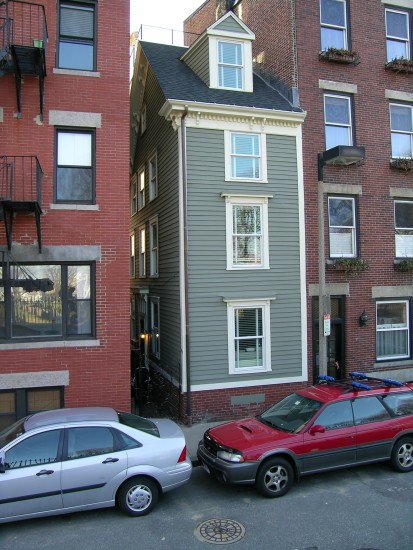Tiny houses have been all the hype recently. Small and tiny houses have received increasing media coverage in the past few years. The creation of Tiny House Nation—a television show which first aired in 2014, featuring ingenious small homes and their owners—brought the most attention to the trend. There is even a film about the movement: Tiny—a story about living small. A “small house” is defined as being between 400 square feet and 1,000 square feet while a “tiny house” is less than 400 square feet.


While yes, the space is extremely small, there are many appeals to living in a small or tiny house. For one, these houses tend to be much cheaper. Less land, materials, and utilities are needed to build and maintain a smaller house. You spend less on basically everything including heating, cooling, maintenance, taxes, and even personal belongings. You are less likely to purchase unnecessary items which will only clutter up the small space. Many people who live in tiny houses admit that having less “stuff” has improved their quality of life. Having less frivolous items, they don’t feel as weighed down by personal possessions. They don’t need to worry about huge mortgages, and overall they spend less time cleaning and more time enjoying life.
Because of the lower price tag, building a tiny home from scratch is much more realistic than building a normal sized home. You can completely customize your home for a great bargain. The design possibilities are endless. Tiny homes can be modern, classic, minimalist, etc. You name it and it’s out there. Another appeal of tiny homes is their mobility. Most tiny homes can be designed to be mobile so they can be moved and transported to different locations just like a trailer. Tiny homes are also becoming more popular in big cities where space is expensive and limited.

In terms of sustainability, tiny homes are great. They require fewer materials, use less energy and electricity, produce less waste, take up less land, and consume fewer resources. The overall carbon footprint of a tiny home is drastically lower than that of a normal sized home. A tiny house produces only 2,000 pounds of CO2 per year while the average size home produces a whopping 28,000 pounds of CO2 per year. That’s fourteen times as much CO2! Because tiny homes cost less, the money saved could be put towards making these houses more sustainable and possibly even net zero. Home owners could build passive solar houses or install solar panels and/or geothermal heating systems. With the house taking up less space, there is also more land for vegetable gardens, plants, and outdoor activities.

There are obviously some drawbacks to living in a tiny home. For one, you can’t fit nearly as much stuff. What belongings you do have must be extremely organized to utilize the most space mostly and to avoid clutter. Tiny homes also aren’t ideal for families. While one or two people can fit comfortably in a small house, managing children and pets would definitely be a challenge in such a small space. Entertaining and hosting events would be problematic as well. While tiny homes aren’t for everyone, I do think they are a great option for individuals who want to save money, live more sustainably, and don’t mind living small.
Written by Alyssa Lemire, Class of 2017

